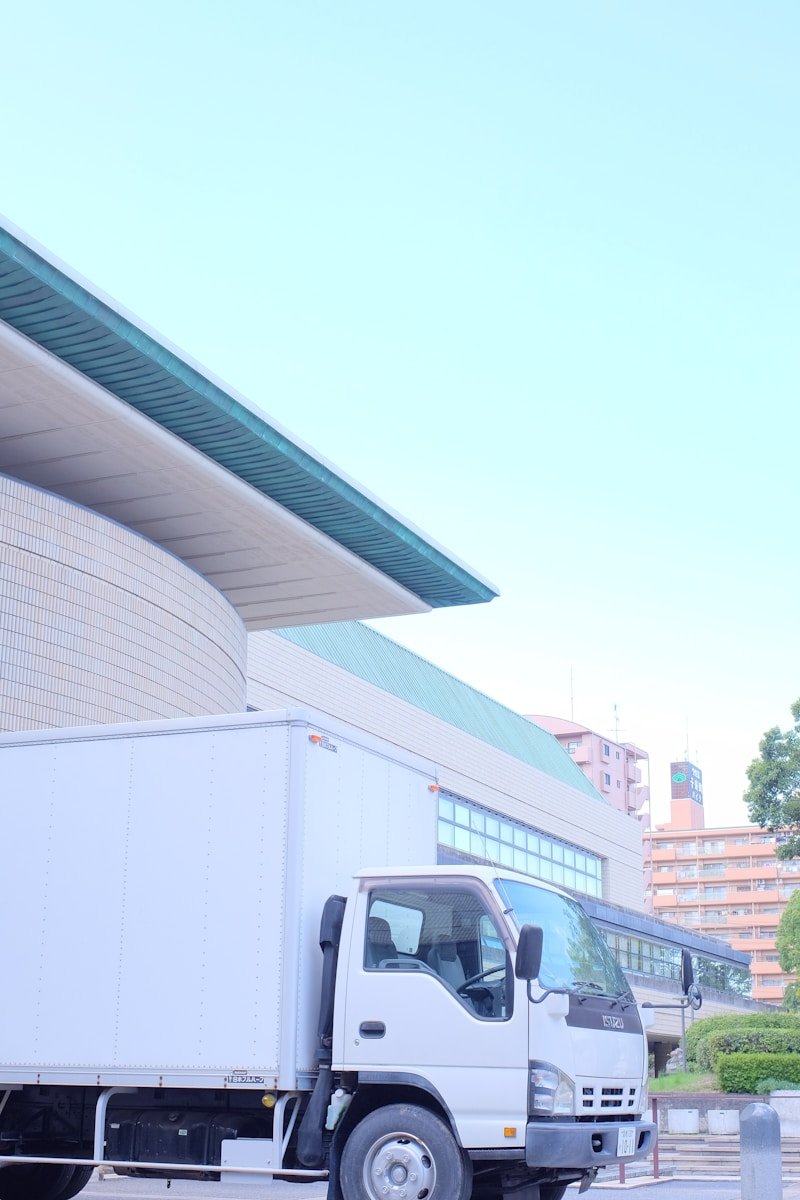Why Proper Palletizing Matters in LTL Shipping
LTL shipping is cost-effective because it combines freight from multiple shippers. But that also means your freight is handled more often—loaded, unloaded, and moved around distribution centers. Every touchpoint increases the chance of damage if your goods aren’t properly secured.
Here’s why smart palletizing is non-negotiable:
- Reduces product damage and returns
- Minimizes shipping costs by maximizing space
- Helps carriers handle freight efficiently
- Avoids accessorial charges (like reclass fees or reweighs)
- Builds trust with your customers
According to a study from the Council of Supply Chain Management Professionals, poor packaging and palletizing are responsible for up to 30% of all freight damage claims in LTL shipping. That’s a number you can’t afford to ignore.
Choosing the Right Pallet
Wooden vs. Plastic: What’s the Best Option?
Most shippers use standard 48″x40″ wooden pallets, but plastic pallets are gaining popularity due to their durability and consistency in size.
Wooden Pallets
- Affordable and widely available
- Easy to repair
- May splinter or absorb moisture
Plastic Pallets
- Lightweight and long-lasting
- Moisture- and pest-resistant
- More expensive upfront
No matter what type you choose, make sure your pallet is sturdy, undamaged, and able to support your load’s weight—typically rated for up to 2,800 lbs.
Stacking Best Practices
1. Stack Evenly and Keep It Square
Irregular stacking creates overhang, which leads to crushed boxes and instability. Your freight should sit flush with the edges of the pallet.
2. Heaviest Items on the Bottom
Just like loading a grocery bag—put the cans on the bottom and the bread on top. This prevents lighter items from being squished and helps balance the load.
3. Maintain a Pyramid Shape
If you’re not using stretch wrap (more on that soon), a pyramid shape keeps your load stable by tapering upward.
4. Avoid Overhanging Freight
This is a major red flag to carriers. Overhang increases the risk of damage and can result in reclassification or added fees.
Securing Your Freight
Stretch Wrap
Wrap your pallet tightly using multiple layers of high-quality stretch wrap, including a few revolutions around the base to anchor the load.
Banding or Strapping
Use plastic or metal bands to reinforce heavy items or irregular-shaped loads. Combine this with corner boards for added protection.
Shrink Wrapping
For non-boxed items or loose products, shrink wrapping can provide an extra layer of protection—just ensure everything is still tightly bound to the pallet base.
Use Slip Sheets
These thin plastic or paper sheets between layers add friction and help stabilize the load.
Labeling and Documentation
Clearly Label All Sides
Include the shipping label, bill of lading (BOL), and any necessary handling instructions on at least two sides of the pallet.
Use Waterproof Labels
Especially if your shipment may be exposed to the elements during transit.
Include a Packing List Inside
This helps the receiver verify contents quickly and reduces disputes.
Common Mistakes to Avoid
- Skipping edge protection: Exposed corners are prone to impact damage.
- Mismatched box sizes: Inconsistent box sizes can lead to gaps and instability.
- Inadequate wrapping: Loose wrap equals loose freight.
- Ignoring weight limits: Overloading can crush lower boxes and damage the pallet itself.
Sustainability Tip: Reuse and Recycle
Sustainable palletizing isn’t just good for the planet—it’s good for your bottom line. Reusing pallets, using recyclable materials, and optimizing space can cut down on waste and costs.
According to the Environmental Protection Agency (EPA), over 500 million pallets are recycled annually in the U.S. (source: EPA.gov).
Conclusion: Set It and Ship It—The Smart Way
Proper palletizing isn’t rocket science—but it does require attention to detail. By following these best practices, you can cut costs, reduce damage, and build a more reliable supply chain.
Remember: every pallet is a reflection of your brand. Take the extra time to do it right, and your freight will arrive looking just as good as when it left.
🚛 Need help optimizing your LTL shipping process? Reach out to a certified freight expert or your 3PL provider for hands-on guidance.
FAQ: Palletizing LTL Shipments
How high can I stack my pallet for LTL shipping?
Most carriers recommend not exceeding 48–60 inches in height. Always check with your carrier, as limits may vary.
Do I need to palletize every LTL shipment?
Not always—but it’s highly recommended. Loose shipments are more prone to damage and may incur higher handling fees.
Can I use used pallets for LTL shipments?
Yes, as long as they’re structurally sound—no broken boards or weak corners.
What’s the difference between LTL and FTL palletizing?
FTL (full truckload) shipments typically have more space and fewer touchpoints, so palletizing can be more flexible. LTL requires tighter packaging and more securement.
How can I reduce LTL shipping damage?
Use quality pallets, wrap tightly, avoid overhang, and label everything clearly. Communication with your carrier also goes a long way.





